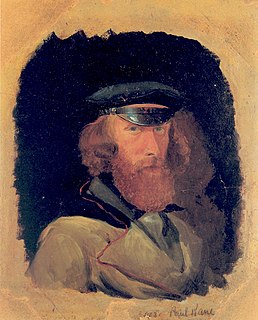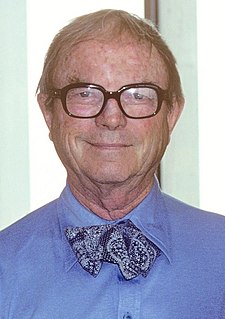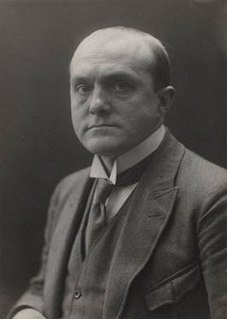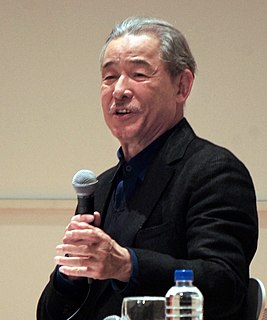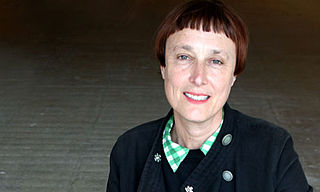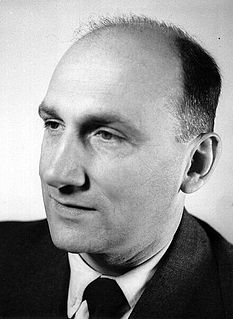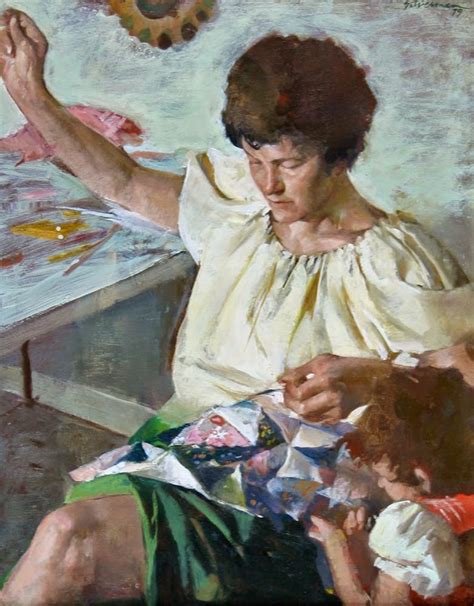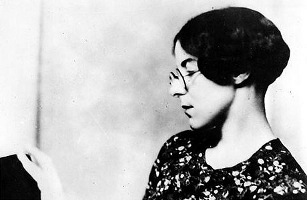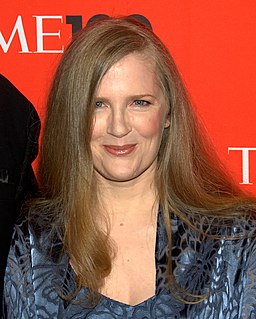A Quote by Paul Kane
The joy of painting lies precisely in the challenge of memory and the challenge of translation from the lived experience to the two-dimensional or three-dimensional symbol.
Related Quotes
Genes are effectively one-dimensional. If you write down the sequence of A, C, G and T, that's kind of what you need to know about that gene. But proteins are three-dimensional. They have to be because we are three-dimensional, and we're made of those proteins. Otherwise we'd all sort of be linear, unimaginably weird creatures.
Since I found that one could make a case shadow from a three-dimensional thing, any object whatsoever - just as the projecting of the sun on the earth makes two dimensions - I thought that by simple intellectual analogy, the fourth dimension could project an object of three dimensions, or, to put it another way, any three-dimensional object, which we see dispassionately, is a projection of something four-dimensional, something we are not familiar with.
The peculiarity of sculpture is that it creates a three-dimensional object in space. Painting may strive to give on a two-dimensional plane, the illusion of space, but it is space itself as a perceived quantity that becomes the peculiar concern of the sculptor. We may say that for the painter space is a luxury; for the sculptor it is a necessity.
